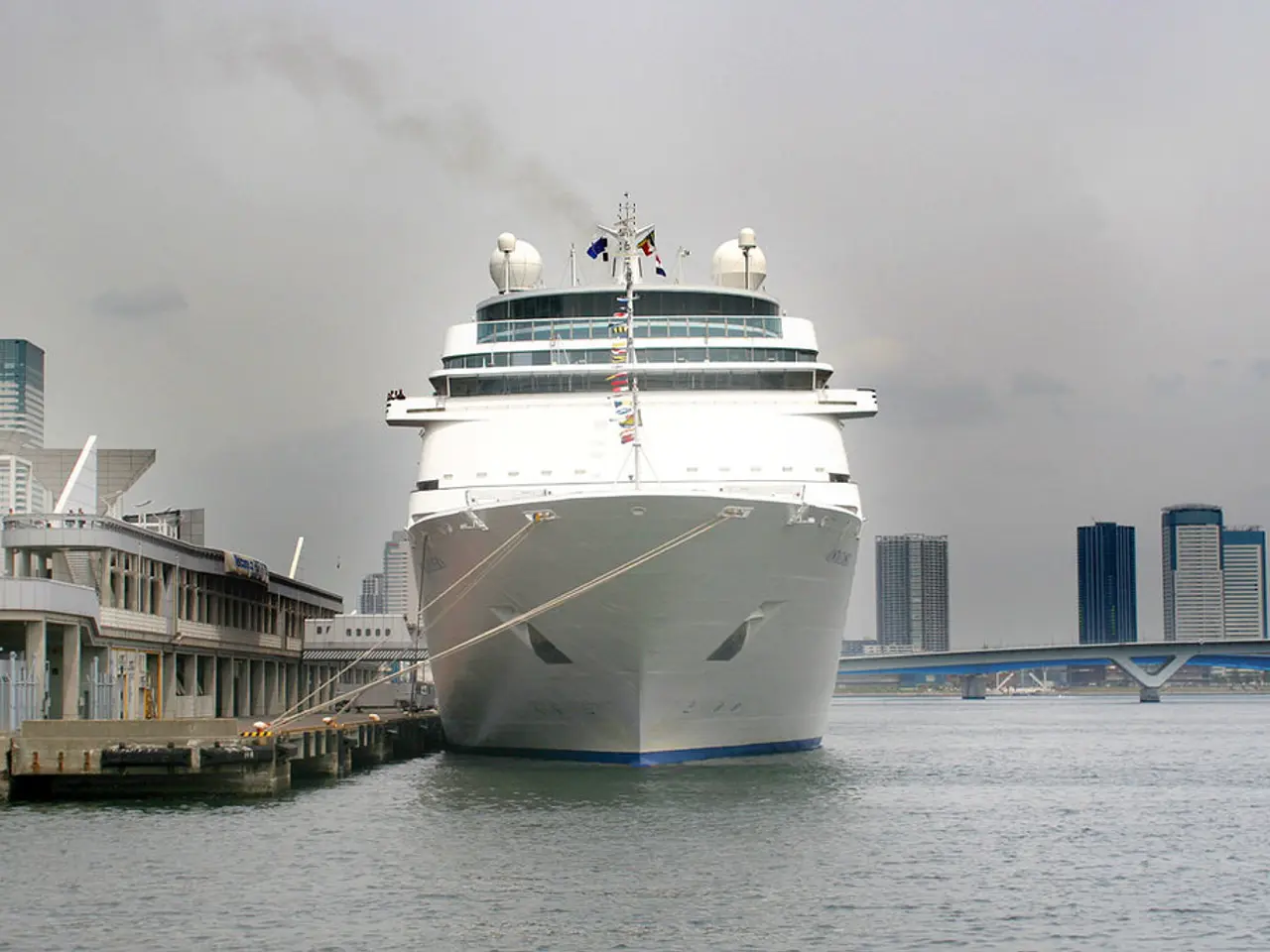Thailand's Controversial Land Bridge Project Faces Financial and Environmental Challenges
Thailand's government is pushing ahead with the southern Land Bridge project, a 90-kilometre transport corridor linking Ranong and Chumphon ports. Critics question its financial and environmental viability, with some predicting losses of up to 120 billion baht.
The project aims to offer an alternative to the Strait of Malacca. It's predicted to generate 58 billion baht in its first year, breaking even in 24 years, but requires selling 140 million tonnes of fuel annually to achieve this. However, environmental experts warn of significant losses in fisheries income and risks to six World Heritage sites along the proposed corridor.
The opposition People's Party has criticised the government's pursuit of the project. They accuse the government of using it as a campaign tool to woo southern voters rather than focusing on realistic development. Over the past two years, Thailand has spent valuable time and resources promoting the project abroad without securing any credible investors. With only four months left in office, the government is unlikely to find investors if it insists on moving forward.
The Land Bridge project's future remains uncertain. Critics argue its financial projections are implausible, and environmental concerns are significant. With time running out and investors scarce, the government must address these issues to save the project.
Read also:
- United States tariffs pose a threat to India, necessitating the recruitment of adept negotiators or strategists, similar to those who had influenced Trump's decisions.
- Weekly happenings in the German Federal Parliament (Bundestag)
- Southwest region's most popular posts, accompanied by an inquiry:
- Discussion between Putin and Trump in Alaska could potentially overshadow Ukraine's concerns







